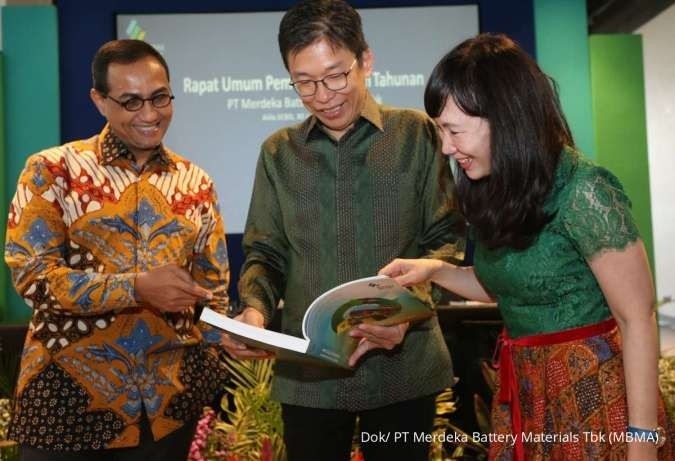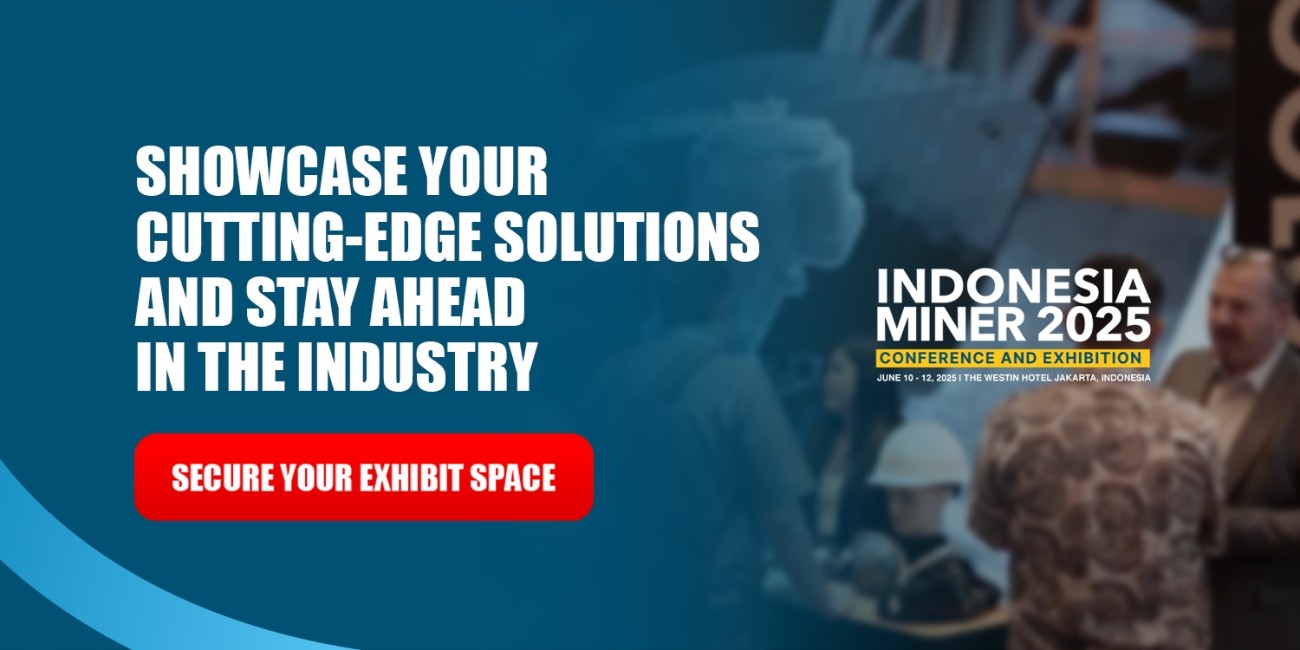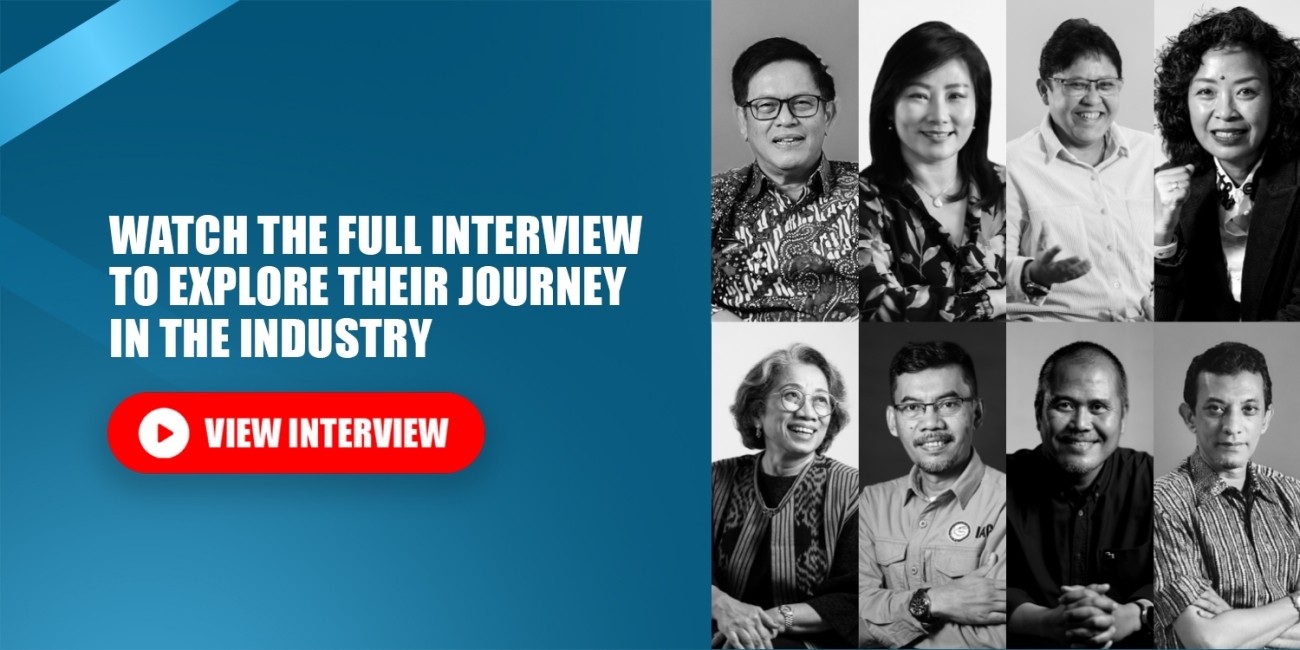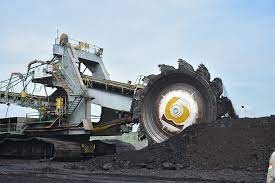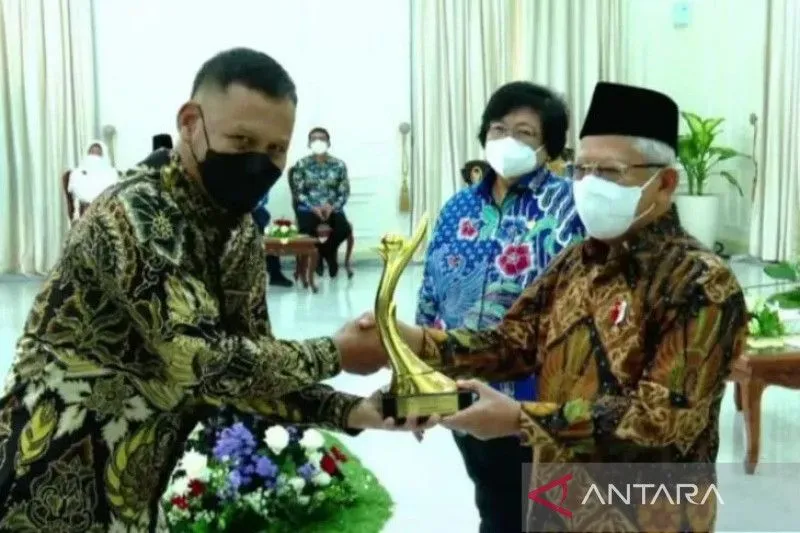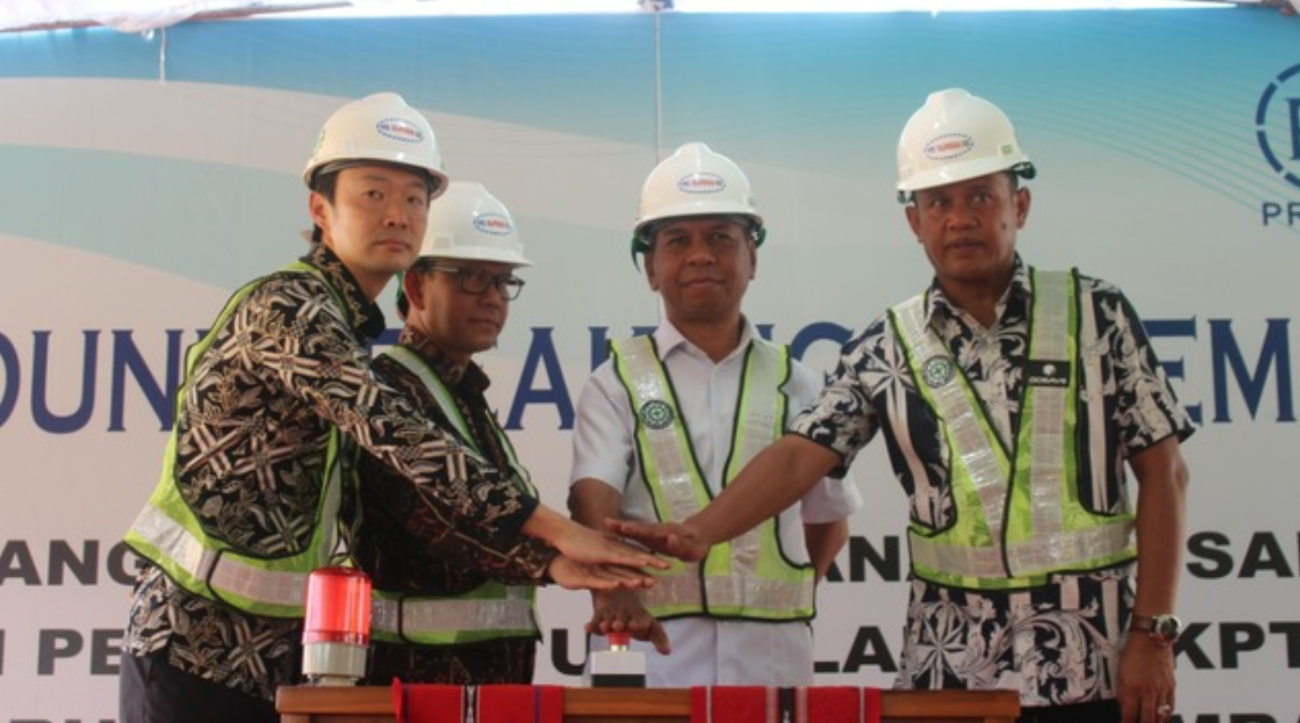PT Merdeka Battery Materials Tbk ( MBMA ) is exploring further downstream development of nickel, namely to the anode and cathode.
GM External Affairs of PT Merdeka Battery Materials, Muhammad Toha, revealed that currently his party is collaborating with a number of partners to build anode and cathode projects in Indonesia.
"But this plan is still in the stage of further discussion, hopefully it can continue our project to produce anodes and cathodes," he said in the downstream Mineral Sector Investment Opportunity webinar, Monday (14/8).
That way, he hopes, the electric car battery ecosystem developed in Indonesia can be fully realized.
The MBMA plan considers the consumption of nickel for electric vehicle batteries which will increase significantly in 2040.
Toha stated that currently most of the nickel products are absorbed to produce stainless steel. However, in the future there will be a significant shift due to the use of electric cars.
In 2040 the use of electric car batteries is very significant where their contribution can reach 30% of the world's total use of nickel. Meanwhile, in 2020, the world's absorption of nickel for the battery industry will only reach 3%.
"This is what causes us to be so intense and believe that the nickel industry with HPAL technology will be very attractive in the future. The existence of electric cars will encourage MBM to become one of the suppliers of raw materials for EV batteries in the future," he explained.
Toha stated, the development of the HPAL smelter is also in line with the amount of MBMA's nickel ore reserves which are still abundant.
MBMA's assets are strategically located in Central Sulawesi and Southeast Sulawesi which are the raw material centers for Indonesian electric car batteries.
At the Sulawesi Cahaya Minerals (SCM) mine, the mineral resources there reach 1.1 billion dmt containing 13.8 million tonnes of nickel (77% limonite) and 1 million tonnes of cobalt.
With this huge composition and reserves, Toha stated, MBMA is developing an integrated processing plant that will process nickel ore reserves using Rottary Klin Electric Furnace (RKEF) and HPAL technology.
Launching its presentation material, MBMA is currently developing two HPAL plants with a combined capacity of 240,000 tonnes per year of which the phase 1a plant will have a capacity of 60,000 tonnes per year.
Toha said, MBMA's nickel reserves, which are mostly limonite or low grade, are a blessing in itself. This is because this limonite will contribute a lot to the development of the HPAL smelter in the future.
Apart from developing HPAL, currently MBMA has operated two RKEF factories. The third RKEF factory has completed the commissioning stage and is entering the production stage.
Not only that, MBMA is also developing a conversion plant where nickel pig iron (NPI) will be processed or converted into nickel matte. The purpose of this conversion is to raise the NPI nickel content from the previous 10% -12% to above 70%.
"Of course there is an increase in added value by converting BOP to nickel matte," he explained.
Image source: Dok/ PT Merdeka Battery Materials Tbk (MBMA)
